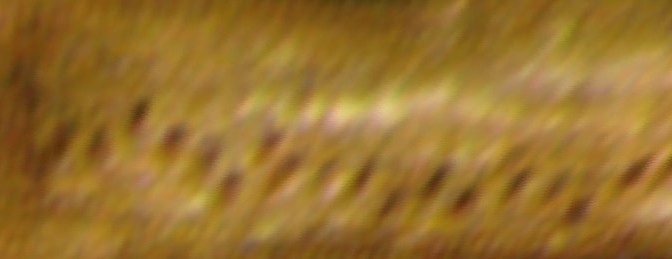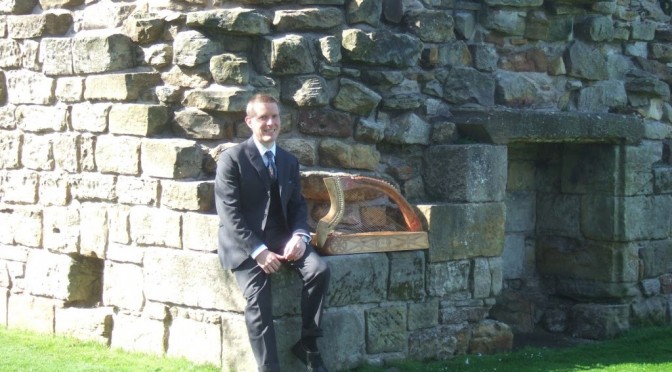Reviewing the whole idea of “early music” I was struck by how different areas of it focus on different things. I’m especially aware of a focus on instruments which comes in the historical harp field. I suppose that harps in general are quite rare instruments in modern Western culture, so a replica or reconstruction of a historical harp is all the more curious as a physical object. Many times at events people come up to me and want to know how old it is, and what wood it is made from. I doubt that jazz pianists get asked that very often!
The second area of focus is then repertory – given a carefully reconstructed and exhaustively described and explained instrument, what do we play? The search for historical repertory is an interesting activity to observe. There is a constant tension between the familiar and the exotic. People know certain old tunes and there is a temptation to overplay them. On the other hand, part of the attraction of reviving old music is the novelty, the thrill of discovering something new and exotic. Some old repertories sound very alien, and I often have people come up after an event to comment on how the music sounds oriental.
But I think that the most important aspect of our work ought to be expression and interpretation. The whole point of music is surely a communication between people, and so it is by definition happening right now, totally in the present. If it speaks of the past, all well and good; many conversations today reference history as a symbol or authority, with great rhetorical and symbolic weight. But the past is only that, a reference; the communication is entirely now between living breathing people, and so the expression and the communication have to be the most important thing.



